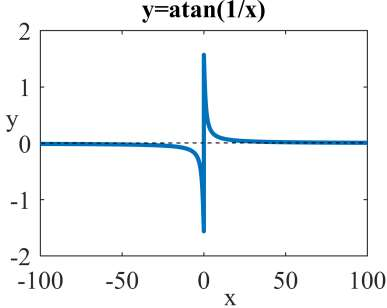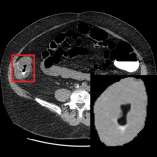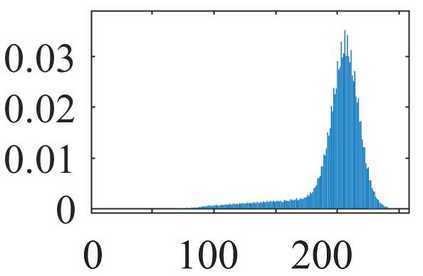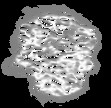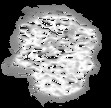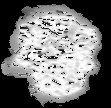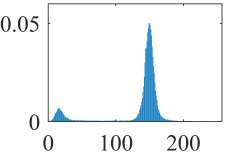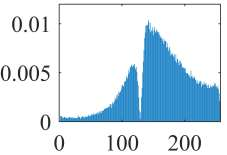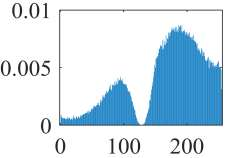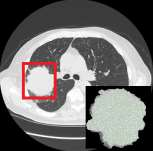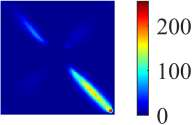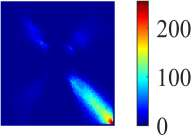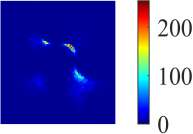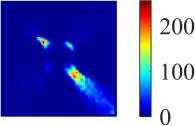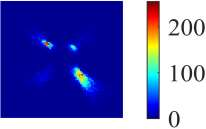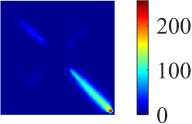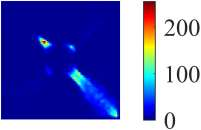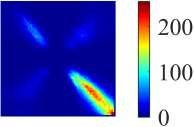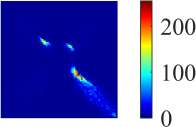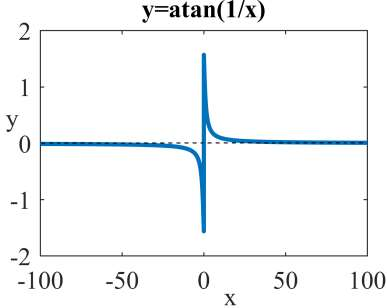The elasticity of soft tissues has been widely considered as a characteristic property to differentiate between healthy and vicious tissues and, therefore, motivated several elasticity imaging modalities, such as Ultrasound Elastography, Magnetic Resonance Elastography, and Optical Coherence Elastography. This paper proposes an alternative approach of modeling the elasticity using Computed Tomography (CT) imaging modality for model-based feature extraction machine learning (ML) differentiation of lesions. The model describes a dynamic non-rigid (or elastic) deformation in differential manifold to mimic the soft tissues elasticity under wave fluctuation in vivo. Based on the model, three local deformation invariants are constructed by two tensors defined by the first and second order derivatives from the CT images and used to generate elastic feature maps after normalization via a novel signal suppression method. The model-based elastic image features are extracted from the feature maps and fed to machine learning to perform lesion classifications. Two pathologically proven image datasets of colon polyps (44 malignant and 43 benign) and lung nodules (46 malignant and 20 benign) were used to evaluate the proposed model-based lesion classification. The outcomes of this modeling approach reached the score of area under the curve of the receiver operating characteristics of 94.2 % for the polyps and 87.4 % for the nodules, resulting in an average gain of 5 % to 30 % over ten existing state-of-the-art lesion classification methods. The gains by modeling tissue elasticity for ML differentiation of lesions are striking, indicating the great potential of exploring the modeling strategy to other tissue properties for ML differentiation of lesions.
翻译:软组织弹性被广泛视为区分健康和恶性组织的一种典型特性,因此,该模型描述了一种动态的非硬性(或弹性)变异,以模拟软组织在活体中波变下的弹性。基于该模型,三处局部变异由三处抗体衍生物组成,由CT图象的第一和第二顺序衍生物组成,用于在以新型信号抑制方法实现正常化后生成弹性地貌图。基于模型的弹性图像特征从特征图中提取,并用于机器学习,以进行病变性体分类。两种经证实的离子组织变异(或弹性)结构变异,以模拟体波动下的软组织弹性弹性。根据模型,三处局部变异性由CT图象的第一和第二顺序衍生物组成,用于在以新型信号抑制方法实现正常化后生成弹性特征图。模型的弹性图像特征从地貌图图图提取出来,并用于机器学习,以进行病变性分类。两种经证实的离子变异性组织弹性组织弹性变异性变异性变异性模型(44类和43个正态变色变异性变变色)的模型,在模型下,使用正态变变变变变的结核的模型的变变异性变变变变变变变变变变变变变的模型,在模型的模型的模型的变变变变变变变变变变后结果的变的变的变的变变变变变变变变变的变的变结果法中,在的变的变的变的变的变的变为20至正式的变变变变后变后变变变变变的变变变变变的变后的变变变的变变变变变变变变变变变变后的变后的变的变后的变的变的变变后的变后的变变后的变后的变后的变的变的变变变变后的变的变的变后的变后的变的变的变的变后变后变后变变变后变变变变变变变变变变变变变的变的变的变的变的变的变的变的变的变的变的变的变变变变的变的变的变的变变变的变的变的变变

